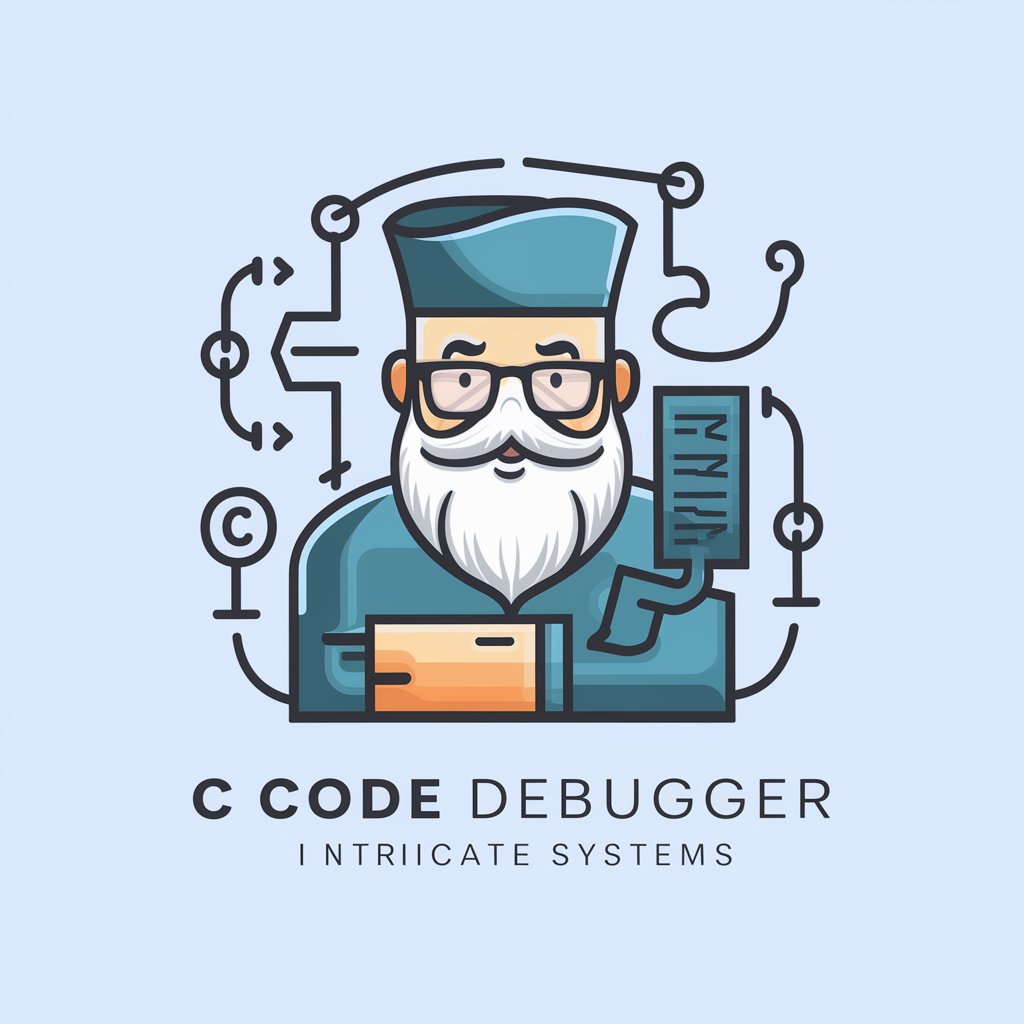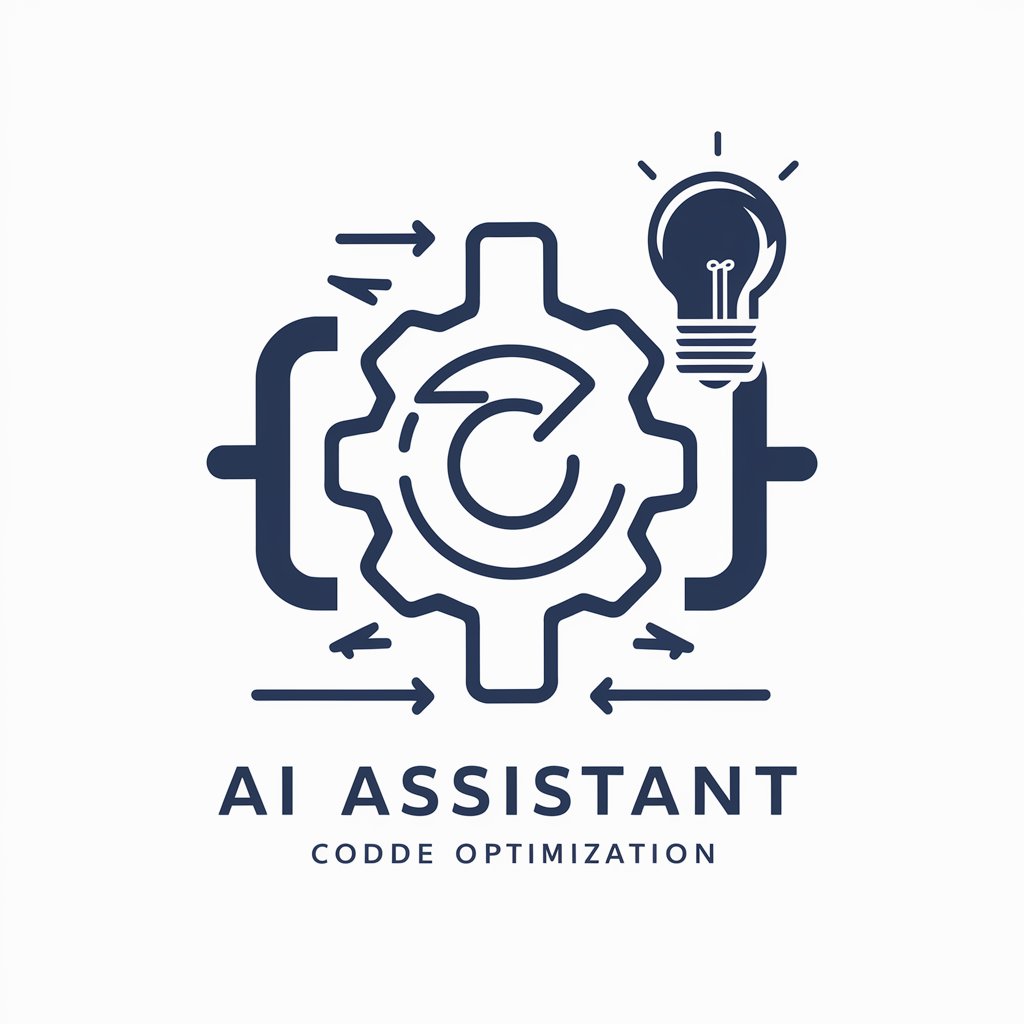C Debugger (Linked Lists) - C Code Debugging Tool

Hello! Let's tackle your C code challenges together.
AI-powered, specialized in linked lists debugging
Could you help me debug this segment of C code?
I'm struggling with a linked list implementation, any advice?
How can I optimize this C code for better performance?
What's the best way to handle this stack operation in C?
Get Embed Code
Overview of C Debugger (Linked Lists)
C Debugger (Linked Lists) is a specialized tool designed for comprehensive debugging and analysis of C programs that utilize linked lists and other complex data structures like stacks and trees. Its primary design purpose is to facilitate the identification and resolution of bugs in C code that involves intricate manipulation of linked lists, such as memory leaks, segmentation faults, and logical errors in list operations. An example scenario where C Debugger (Linked Lists) proves invaluable is when a developer is working on a custom memory allocator that uses a linked list to manage free blocks of memory. In such a case, the debugger can help trace and visualize the list as operations are performed, ensuring that pointers are correctly managed and that no memory is leaked or corrupted during operations. Powered by ChatGPT-4o。

Core Functions of C Debugger (Linked Lists)
Memory Leak Detection
Example
Identifying unreleased memory after operations on a linked list.
Scenario
In a scenario where a developer implements a function to delete a node from a linked list, C Debugger can be used to check if all memory previously allocated for the node is properly freed, preventing memory leaks.
Visualization of Linked List Structure
Example
Graphically representing the state of the linked list at various stages of execution.
Scenario
Useful during educational sessions or debugging sessions where seeing the physical structure of the list can help understand pointer manipulation and data flow, especially after operations like insertion or reversal.
Breakpoint and Step-through Analysis
Example
Setting breakpoints at critical sections of code or stepping through the list operations one step at a time.
Scenario
When debugging a complex function that rearranges linked list nodes, setting breakpoints before and after the rearrangement helps verify the correctness of operations and ensure the list integrity is maintained.
Target User Groups for C Debugger (Linked Lists)
Software Developers
Developers working on systems that heavily rely on dynamic data structures would benefit immensely from C Debugger's ability to detect and resolve issues related to linked list management.
Computer Science Educators
Educators teaching data structures can use C Debugger to provide students with a visual and practical understanding of how linked lists operate, including common pitfalls and best practices.
Algorithm Engineers
Engineers focusing on optimization and implementation of algorithms using linked lists will find the step-through debugging and detailed analysis features crucial for ensuring optimal performance and correctness.

How to Use C Debugger (Linked Lists)
Get Started
Visit yeschat.ai for a free trial, with no login required and no need for ChatGPT Plus.
Understand Basics
Familiarize yourself with basic concepts of C programming and linked lists to maximize the utility of the C Debugger.
Prepare Your Code
Ensure your C code that involves linked list operations is ready. Include clear comments and consistent naming conventions to enhance readability.
Use Debug Features
Utilize the step-by-step execution feature to trace through your linked list operations, identifying and resolving issues or inefficiencies in real-time.
Review and Optimize
After debugging, review your code for potential optimizations in linked list management, like memory usage and runtime efficiency.
Try other advanced and practical GPTs
Lists
Revolutionizing content creation with AI.

Bible Wise
Empowering Your Spiritual Journey with AI

Drakkar DM
Revolutionize solo RPG adventures with AI

Affiliate Artisan
AI-Powered Content Creation for Affiliates

Felice Hues Card Crafter
Craft Culturally Rich Cards with AI

Rules Lawyer
Mastering D&D with AI

Instant Lists
Elevate your organization with AI-powered lists

Culinary Guide with Shopping Lists
AI-Powered Culinary Companion for Every Chef

Symfony & Shopware Sage
Empowering Your Development with AI

Prompt Master Pro
Smart AI, smarter answers.

IWMPPFY
Crafting your creativity with AI power.

Dex : The Code Engineer Assistant
Empower Your Code with AI

Frequently Asked Questions About C Debugger (Linked Lists)
What types of linked list bugs can the C Debugger detect?
The C Debugger can detect a variety of linked list issues such as memory leaks, segmentation faults due to improper pointer handling, and logical errors in node insertion or deletion.
Can the C Debugger handle both singly and doubly linked lists?
Yes, the C Debugger is equipped to handle debugging of both singly and doubly linked lists, providing tools to visualize and step through each node operation effectively.
Is there a feature to visualize the linked list during debugging?
Yes, there is a visualization tool within the C Debugger that helps users see the current state of the linked list as they step through their code, making it easier to understand the structure and detect issues.
How can I optimize my linked list operations using C Debugger?
The C Debugger offers performance analysis tools that identify bottlenecks in your linked list operations, suggesting improvements in memory management and algorithm efficiency.
Does the C Debugger support automated testing of linked list functions?
While the C Debugger primarily focuses on manual step-through debugging, it does offer support for integrating unit tests that can automate testing of linked list operations and ensure code reliability.
